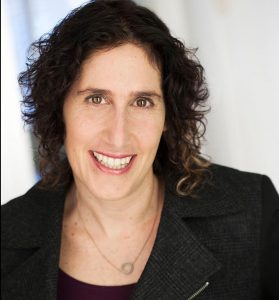With Black History Month approaching, many of you are working on your plans for how you will acknowledge and celebrate in your workplace. Over the years, we have collected hundreds of examples of the programming our member organizations have hosted in February to shine a light on the history of Black people in this country and their contributions to the success of our workplaces and communities. But no matter how long organizations have been holding Black History Month events, every year we receive requests for some new ideas or resources to add to their already robust programming.
To that end, we have compiled some of our favorite television episodes, films and books from the last year that would make great conversation starters for Black History Month events (or any month, for that matter!). This is in no way an exhaustive list, but one that offers a little something for everyone including historical fiction, magical realism, comedy and even masked vigilantes.
In addition, we provide a few tips on how to structure your programming in order to get the best out of the material you choose (from this list or your own).
If you have read, watched or listened to anything in the last year that you would add to the list, please let us know!
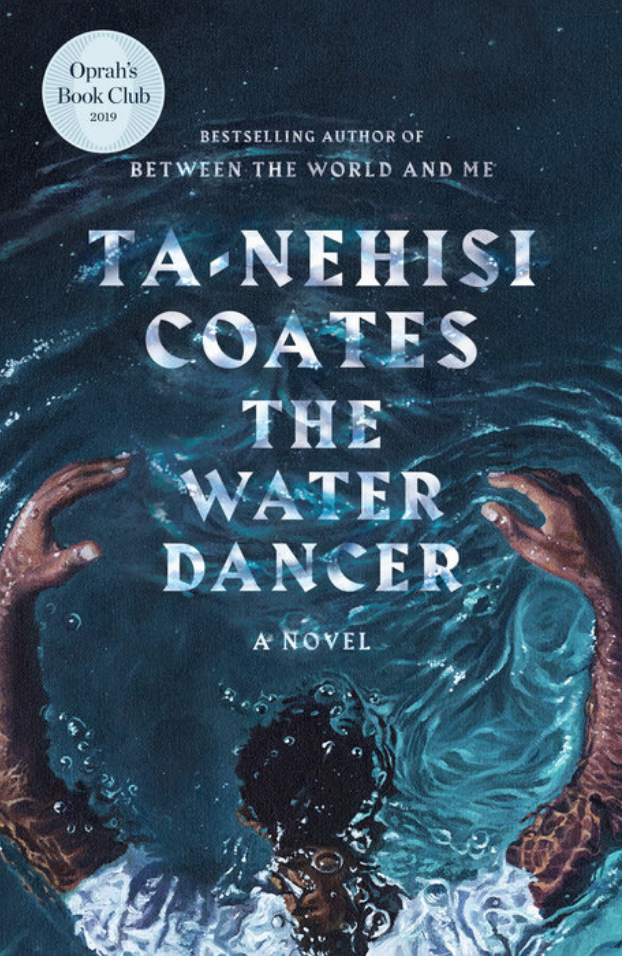
Ta-Nehisi Coates
Books
The Water Dancer, Ta-Nehisi Coates
The Water Dancer, a work of historical fiction with a touch of magic, follows the life of Hiram, a boy born into slavery in Virginia as he grows up into a young man. From the publisher’s website: “This is the dramatic story of an atrocity inflicted on generations of women, men, and children—the violent and capricious separation of families—and the war they waged to simply make lives with the people they loved.”
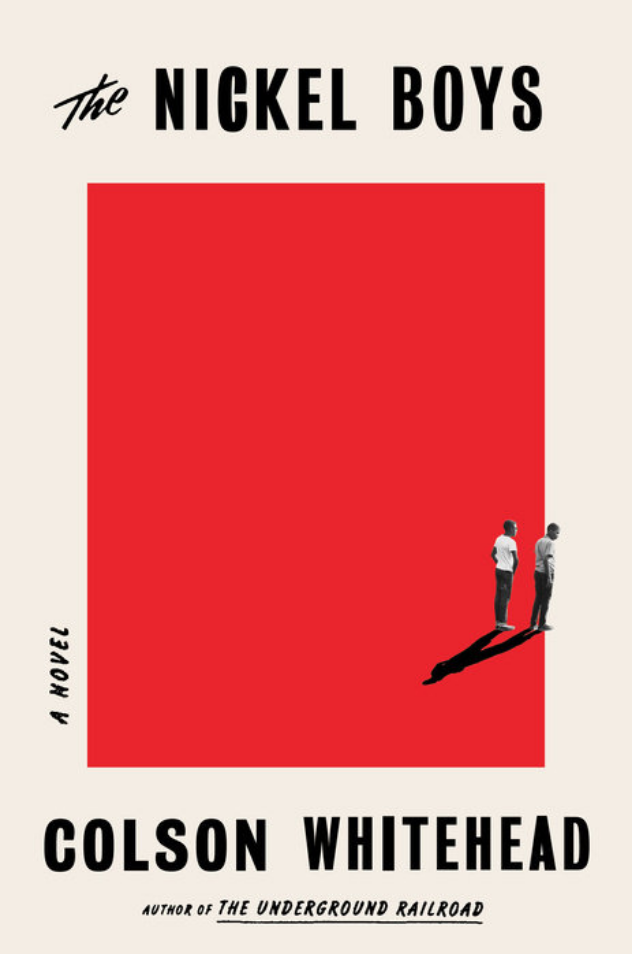
Colson Whitehead
The Nickel Boys, Colson Whitehead
Based on the real story of a reform school in Florida that operated for one hundred and eleven years, The Nickel Boys is the story of Ellwood Curtis, a straight A student who, after a minor mistake, is sentenced to a juvenile reformatory called the Nickel Academy. From the publisher’s website: “Stunned to find himself in such a vicious environment, Elwood tries to hold onto Dr. King’s ringing assertion “Throw us in jail and we will still love you.” His friend Turner thinks Elwood is worse than naive, that the world is crooked, and that the only way to survive is to scheme and avoid trouble.
The tension between Elwood’s ideals and Turner’s skepticism leads to a decision whose repercussions will echo down the decades. Formed in the crucible of the evils Jim Crow wrought, the boys’ fates will be determined by what they endured at the Nickel Academy.”
Bonus tip: On the publisher’s website, there is a five minute audio clip from the book that would make a great prompt if folks don’t have time to read the whole book.
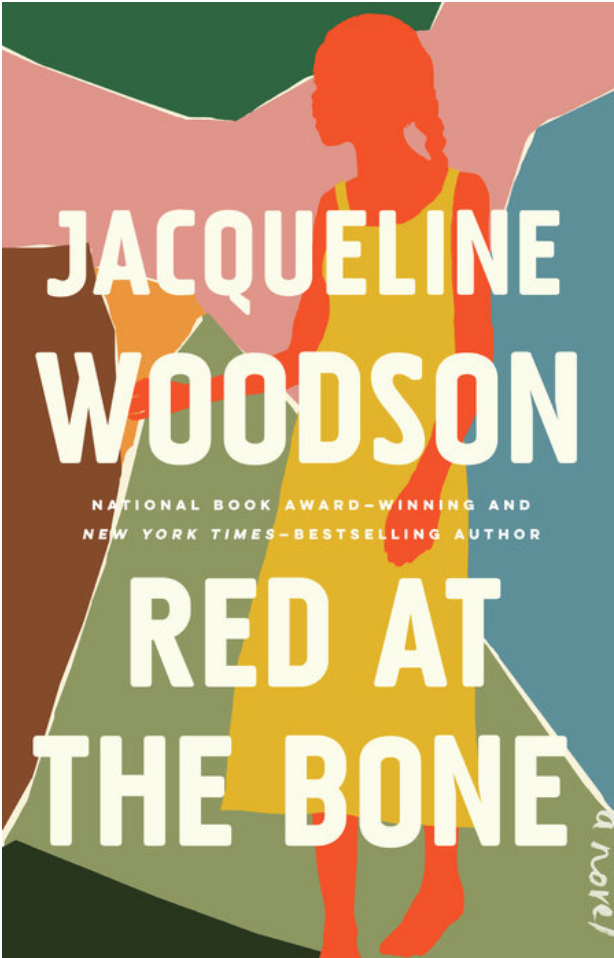
Jacqueline Woodson
Red at the Bone, Jacqueline Woodson
This novel opens in 2001 with the coming-of-age ceremony for 16 year-old, Melody. The story moves back and forth in time, “unfurling the history of Melody’s parents and grandparents to show how they all arrived at this moment, considering not just their ambitions and successes but also the costs, the tolls they’ve paid for striving to overcome expectations and escape the pull of history.”
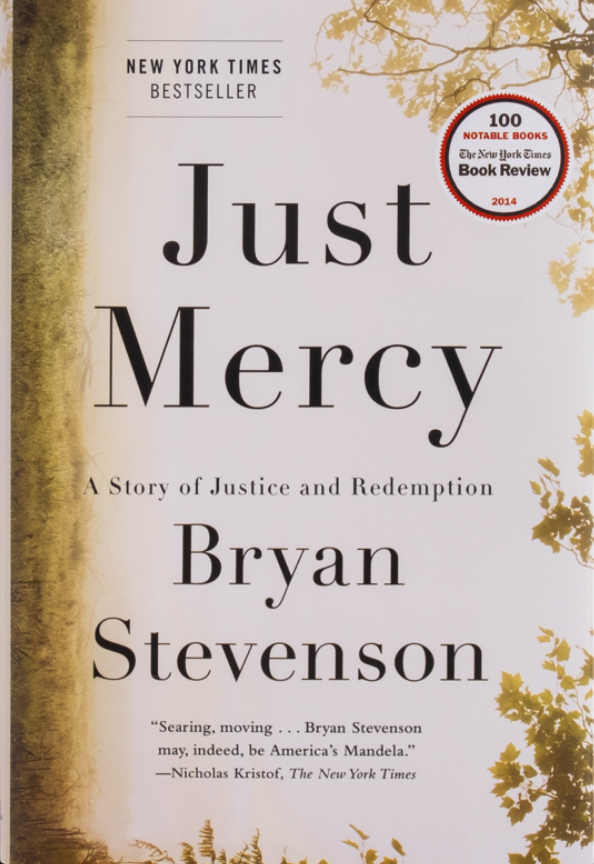
Bryan Stevenson
OK, so this is sort of cheating. This book actually came out in 2014, but the film adaptation was just released, so we are including it here.
From the EJI website: Just Mercy tells the story of the Equal Justice Initiative, from the early days with a small staff facing the nation’s highest death sentencing and execution rates, through a successful campaign to challenge the cruel practice of sentencing children to die in prison, to revolutionary projects designed to confront Americans with our history of racial injustice. Bryan Stevenson was a young lawyer when he founded the Equal Justice Initiative, a nonprofit law office in Montgomery, Alabama, dedicated to defending the poor, the incarcerated, and the wrongly condemned.
The film, starring Michael B. Jordan as Bryan Stevenson, focuses on the case of Walter McMillian, a young black man who was sentenced to die for the murder of a young white woman that he didn’t commit.
Bonus resource: To celebrate Zora Neal Hurston’s birthday this month, Zora, the Medium publication for women of color, released The ZORA Canon: The 100 greatest books ever written by African American women. That should keep you busy!
Television and Movies
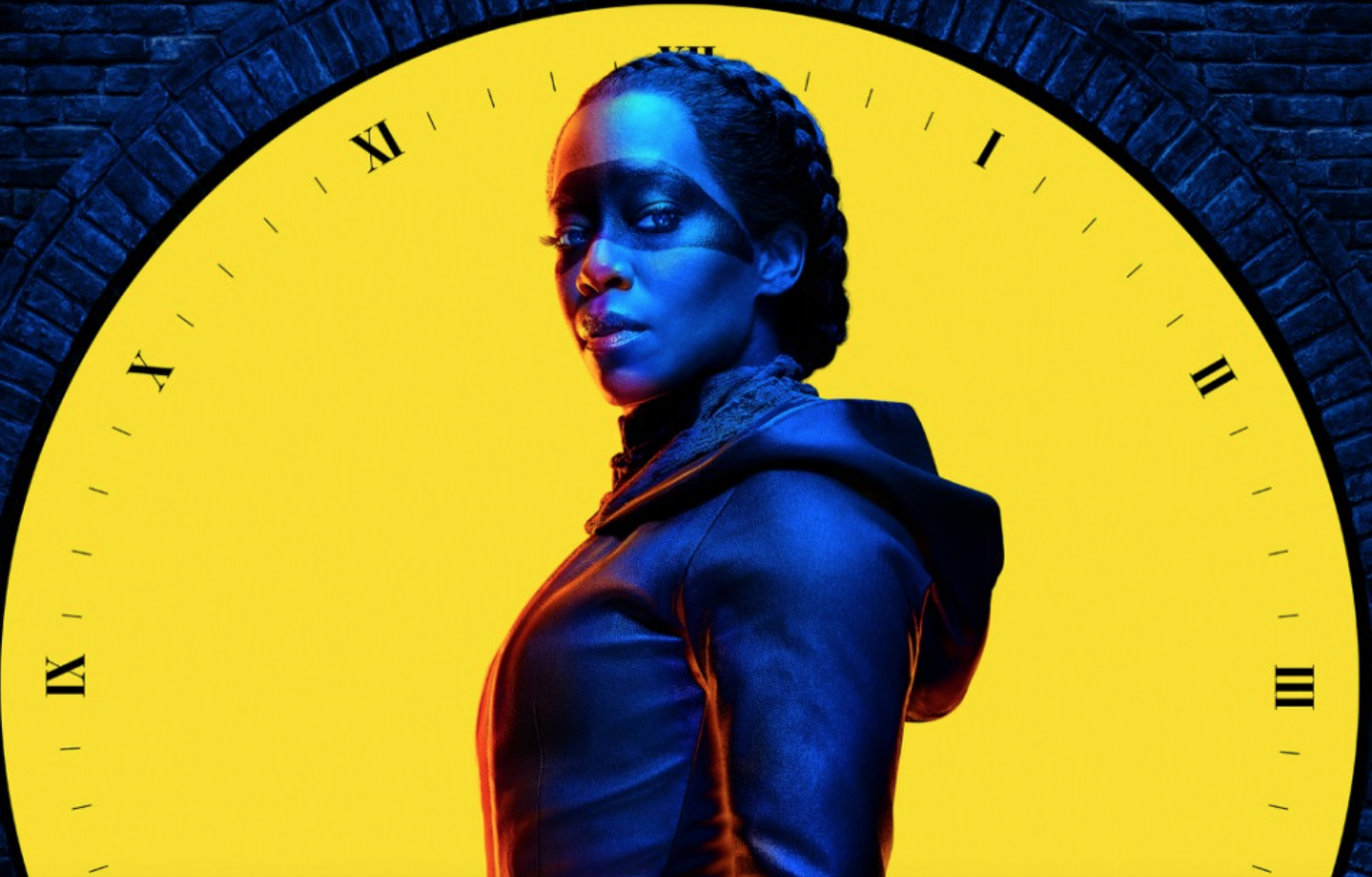
HBO
Although this series is billed as a “superhero” show, it is unapologetically about race and racism in America. An origin story beginning with the Tulsa Race Massacre and a plot heavily centered around the rise of a white supremacist movement set in current times, Watchmen offers a plethora of fodder for important conversations about what it means to be Black in America. If you only have time for one episode, we cannot recommend more highly episode six.
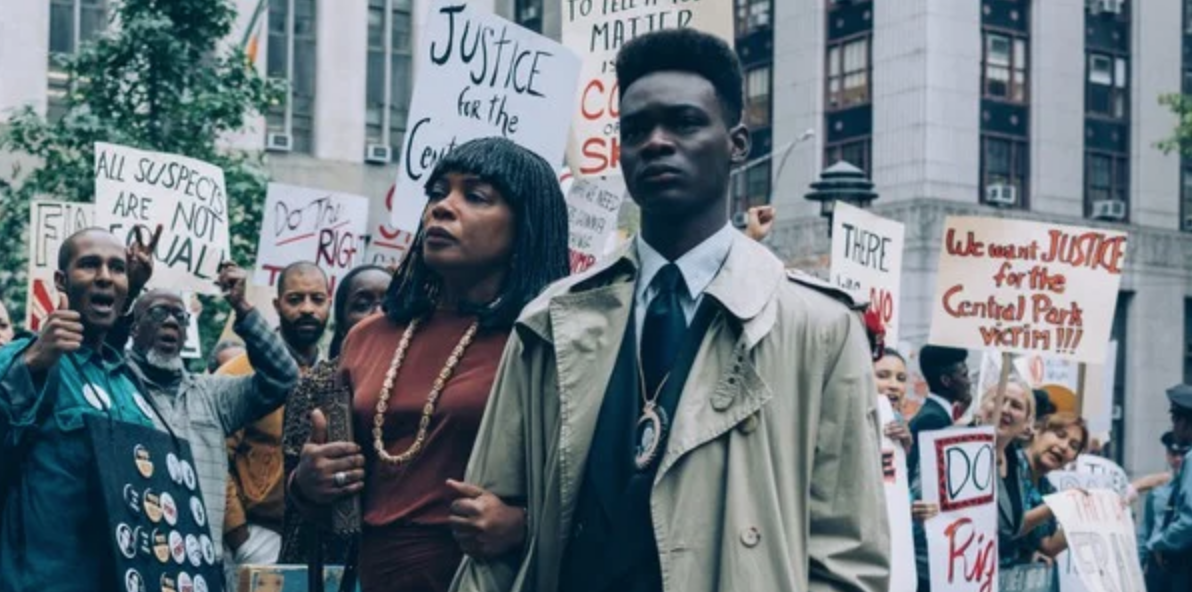
Netflix
Although many of us already know the story of the Central Park Five (or the Exonerated Five), this dramatization of it is incredibly powerful, exposing the most painful parts of the story we can’t necessarily see by reading about it or watching a documentary.
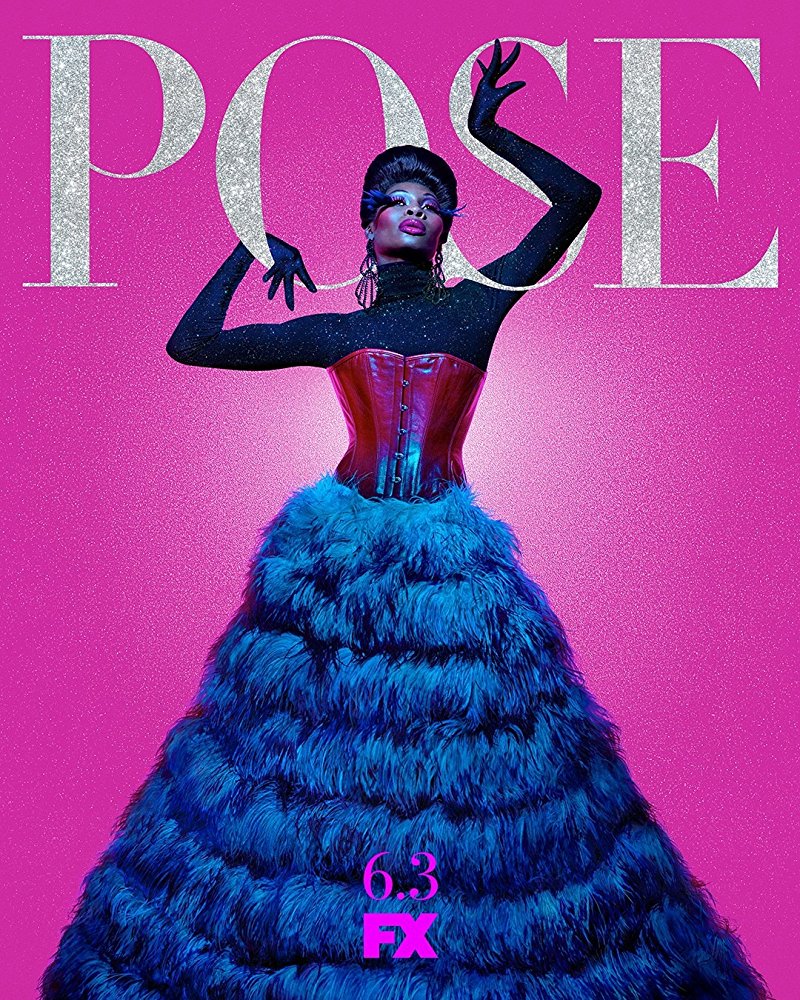
FX
Set in the late 1980s and early 90s, this FX series centers on New York City’s ballroom and house culture. Highlighting the challenges young, Black and LGBTQ people face, Pose offers the opportunity to talk about intersectionality specifically as it relates to being Black and LGBTQ.
Side note: Pose features the largest cast of transgender actors in series regular roles and also features the largest recurring cast of LGBTQ actors ever for a scripted series.
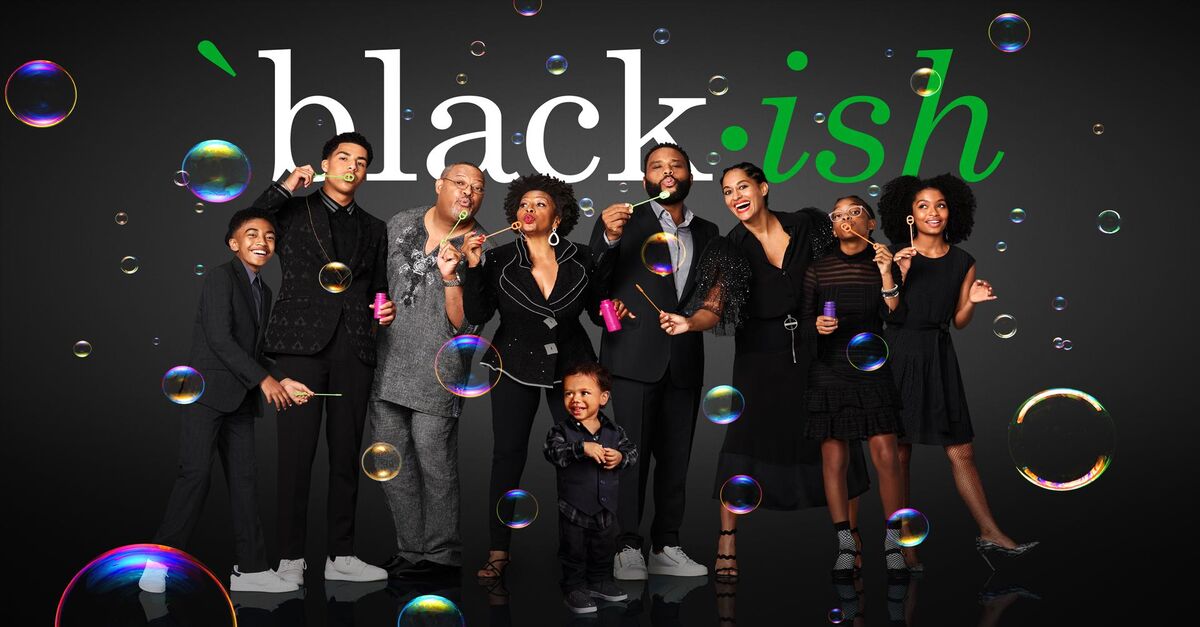
ABC
Black-ish Season 5, Episode 20, ‘Good in the Hood’
For those of you who have not watched black-ish, this sitcom centers on three generations of the Johnsons, a Black family living in a wealthy, and mostly white, neighborhood in LA. In this episode, Dre’s sister Rhonda takes Jack and Diane to her part of town in a black neighborhood and claims the twins are scared of their own community and would make a great prompt for a conversation about what it means to be Black.
And now for those tips we mentioned…
Tip #1: The Book Club Model is Not Just for Books
One of the most difficult challenges when planning this type of program is time. Most events or gatherings need to be an hour or less and take place during the work day at a time that is convenient for as many people as possible. Not an easy task. Using a book club model to discuss movies and television is one way to address this. Employees are invited to read a book or watch a film or television show on their own time and come ready to discuss it with fellow employees during lunch or coffee. You can set multiple times for people to meet and/or encourage teams to use part of their regular meeting to talk about the content.
Consider preparing three or four discussion questions for each piece of content that people can use as conversation starters.
Tip #2: Show Short Clips (or read short passages) as Conversation Starters
No time to show a full length film or hour-long episode of a television show? Find a powerful clip from the movie or episode that can stand alone without too much context that you can show and discuss. This would also work for books by reading aloud a short passage from a book to kick off a conversation. You would be surprised by how much people love having books read to them out loud!
Pro tip: you can sometimes find audio clips from books on publishers’ websites if you would prefer to use them instead of reading aloud.
Tip #3: Offer Virtual Meet Up Options
Not every employee can be in the office to join a group discussion therefore it is essential that you provide a way for those employees to join the conversation. We would suggest creating a virtual-only meet up as opposed to trying to mix an in-person and virtual program into one. Especially for these kinds of conversations, it can be difficult for the one or two people who are not in the room to be fully engaged.
A virtual meet up is also a great way to encourage folks from different regions to come together for these conversations.


